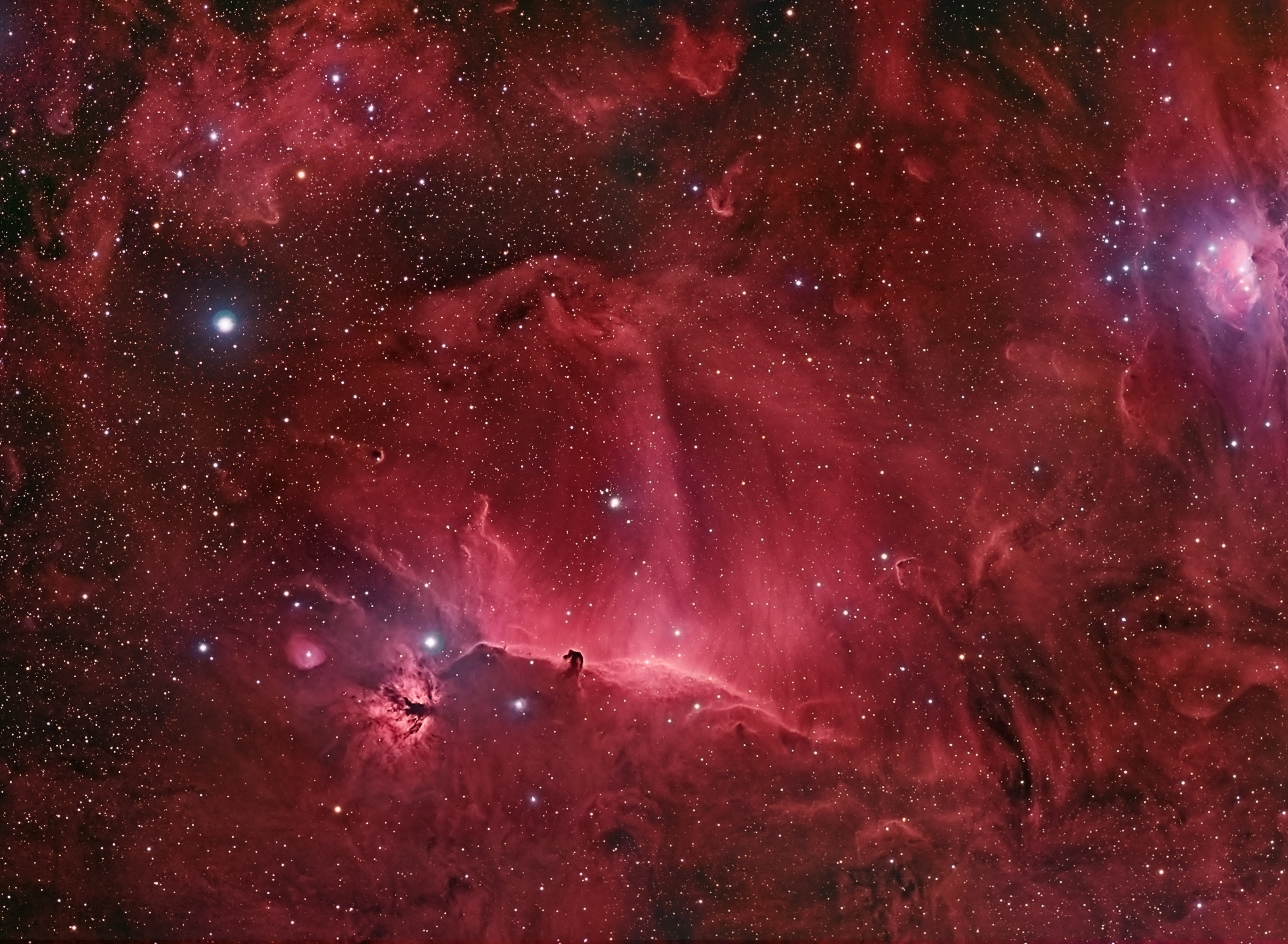Shortly after sunset, it is quite easy to find Mars, shining a bright orange color almost directly overhead, and just next to it, the bright blue-white star Regulus in the constellation Leo. Starting from this point and looking North-West toward the point of sunset, you will encounter the twin stars Castor and Pollux, the two brightest stars in the constellation Gemini. And starting again at Mars, if you look toward the South-East, you will find the next pair along the Zodiac, the planet Saturn and the bright star Spica in the constellation Virgo.
 If you trace a line from Saturn through Mars, and then toward the North-West through Gemini and to the brilliant planet Venus, you will be tracing out the path of the planets along the night sky, through the band of constellations we call the Zodiac, and along a line in space called the Ecliptic. It's a great way to get acquainted with the heart of our night sky, and this week you can watch the Moon gliding through the same space, as it makes its 29 1/2 day journey around our home planet.
If you trace a line from Saturn through Mars, and then toward the North-West through Gemini and to the brilliant planet Venus, you will be tracing out the path of the planets along the night sky, through the band of constellations we call the Zodiac, and along a line in space called the Ecliptic. It's a great way to get acquainted with the heart of our night sky, and this week you can watch the Moon gliding through the same space, as it makes its 29 1/2 day journey around our home planet.Images courtesy of Sky & Telescope.






2 comments:
Those images are really helpful, I didn't know Sky & Telescope had such great resources, I'm sorta new to all this.
hi Eric - I try to link to Sky & Telescope and other excellent on-line resources. I am glad you find these helpful. Best of luck!
-- Paul
Post a Comment